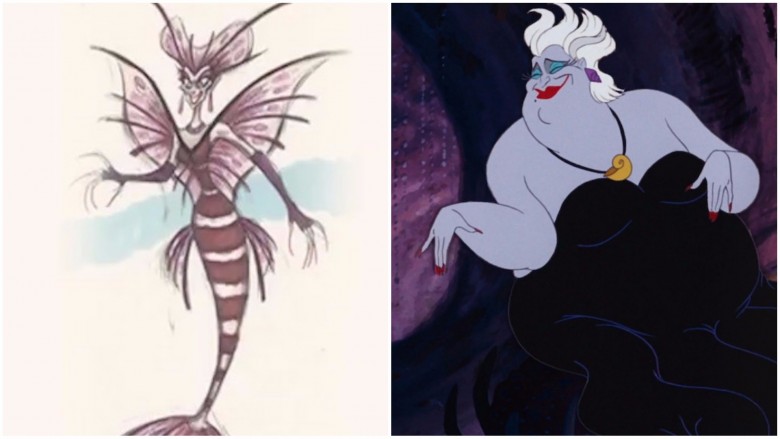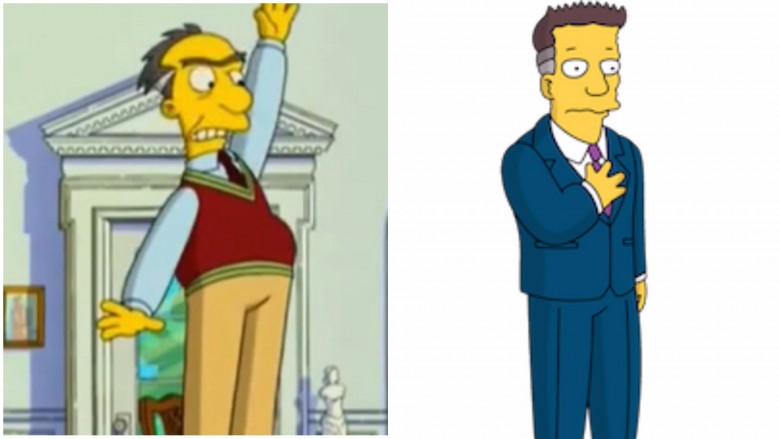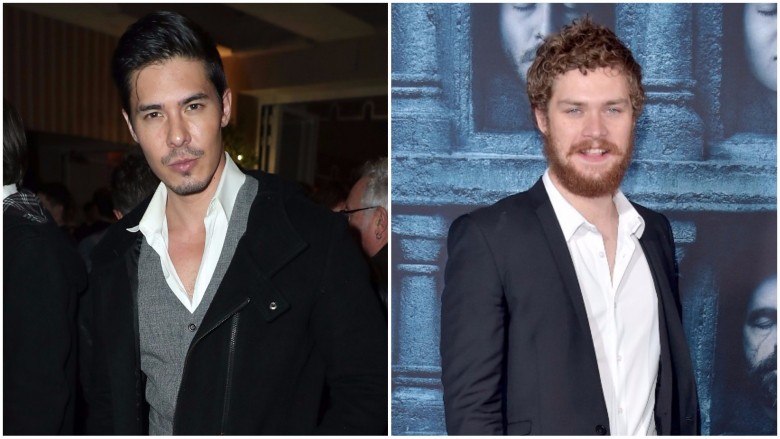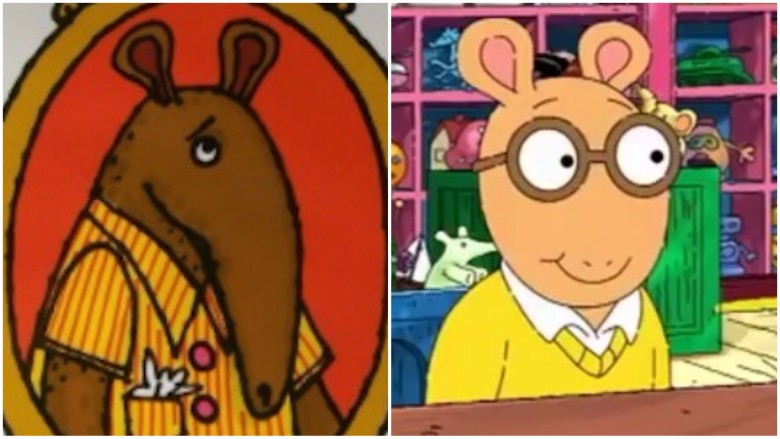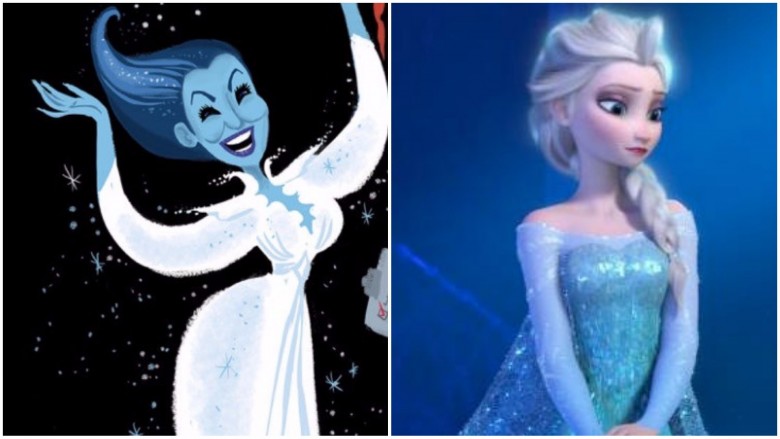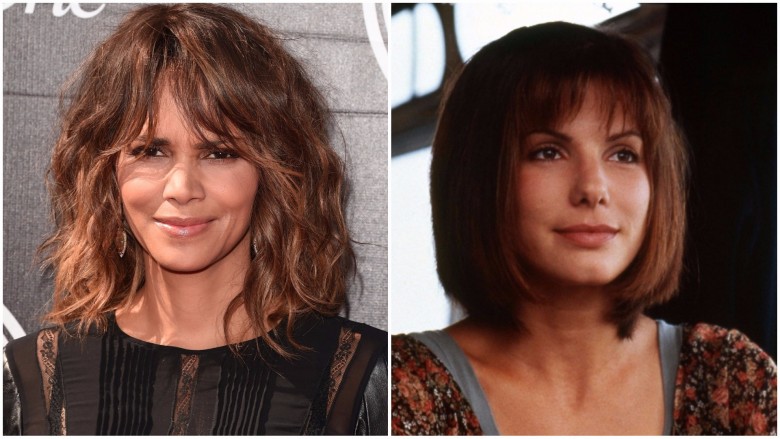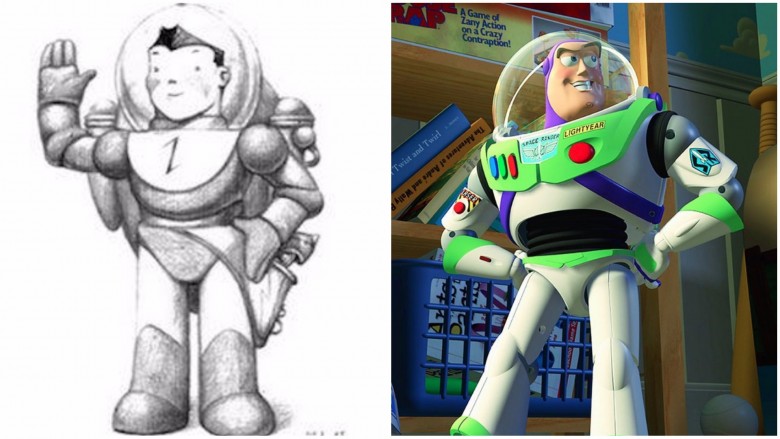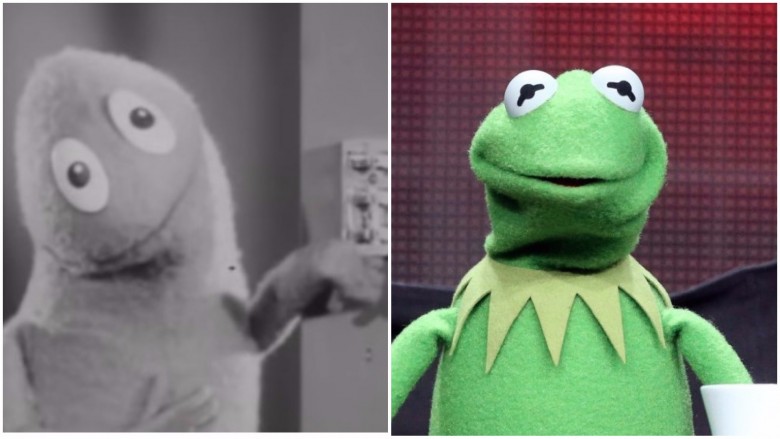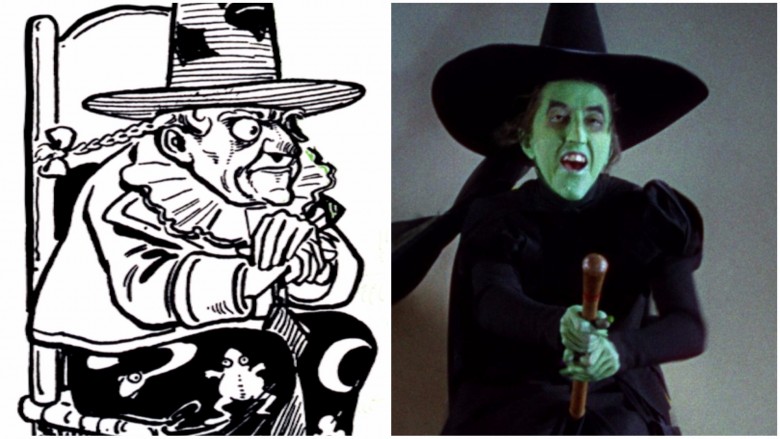Characters That Almost Looked Very Different
Once we've seen them come to life onscreen, it can be hard to even imagine characters turning out any other way, but the truth is, many pop culture icons were almost unrecognizable in their first incarnations. From concept art to casting, crucial components from many of our favorite films came close to looking very different. Here's a look back at what might have been.
Ursula - The Little Mermaid
Ursula the sea witch is one of the greatest Disney villains of all time. Her tentacles slithering through the water and the purplish undead hue of her skin make her a little unnerving without becoming too scary for family-friendly fare. But originally she was supposed to look more like a lionfish, with numerous protruding fins.
In some concept art she looks like a busybody with a bad wig; in others, she looks like she's about to be cast for Real Housewives of the Sea. Though animators tried many variations on the lionfish theme, nothing seemed to work until they switched over to the idea of giving her the body of an octopus. Another fun fact about Ursula: her now-classic look was inspired by the drag queen Divine. Who knew The Little Mermaid and Pink Flamingos had so much in common?
Russ Cargill - The Simpsons Movie
Russ Cargill, voiced by Albert Brooks, was the only original character created for The Simpsons Movie—and the creative team didn't have an easy time finding a villain to fit in properly with the franchise's beloved characters. Originally, Cargill was an older, balding EPA agent with a bit of a tummy and a penchant for sweaters—a little closer to Gil from the TV show than the fast-talking government worker that ended up in the film. Very late in the animation process, the team changed him to match the energy of the movie.
The last-minute switch wasn't perfect. The movie already had a Burger King tie-in, and they'd sent out their character designs before they realized Cargill would get a makeover. Any kid wanting a toy of the newest Simpsons character had to settle for the original design. Watch the deleted scenes and commentary track on The Simpsons Movie DVD, and you can hear more about Cargill's evolution and see a little of the old Russ in action.
Danny Rand - Iron Fist
When Netflix's Iron Fist debuted to less-than-stellar reviews, most viewers didn't realize that they were catching a glimpse of the Danny Rand that might have been. Lewis Tan, the Chinese-American actor who plays the drunken fighter in the episode "The Blessing of Many Fractures," came incredibly close to playing the Iron Fist himself.
Tan talked to Vulture about his auditioning process, recalling that though he figured producers would end up picking a white actor—since the character is caucasian in the comic books—he knew he'd be great for the role. "I'm half white and I do martial arts and I could easily play that role," said Tan. "So I was excited."
He read for the role more than once, and according to Tan, producers asked about his availability for the show before ultimately going with Finn Jones. Tan still had to prove his mettle for the drunken fighter appearance, but it led to a moment in the spotlight—and he arguably performed the best fight scene in the series.
Arthur
Once upon a time, Arthur wasn't just a meme—he was the star of a series of children's books and a lovely PBS show. If you've ever wondered why Arthur the Aardvark doesn't look anything like an aardvark (or any other animal, honestly), it's all because of author Marc Brown, who's evolved Arthur's look over time. In 1976, the little guy looked more like an aardvark with a long nose and a sad look in his eyes. As Brown details in his blog, he gradually drew the character with a more human appearance, feeling it was more relatable to kids. Would Arthur's fist have taken off with the original drawing? We'll never know.
Batman
Bob Kane and Bill Finger are Batman's credited creators, but Frank D. Foster II claims he's the one who really did the honors. Foster described where the idea came from in a 1975 interview, recalling, "In those days, and even now, most of the strips were the heroes of the day—such as, flying through the sky during the day and doing good deeds and so forth and so on—and I thought, well, why couldn't that be done at night? Have a good guy do stuff at night."
Foster claimed he drew up the first rendition of Batman and had meetings with DC Comics in 1937 to discuss some of his ideas, after which he left his original concept drawings with the company. According to Foster, not only did DC look at the comics, but they returned the drawings to him, saying they wouldn't be going with his work. Batman made his 1937 debut in Detective Comics #27. Foster never sued because he didn't have the means, leaving a chapter from the creation of the Dark Knight to forever remain shrouded in mystery.
Elsa - Frozen
Disney had to go through a lot before they could get to "Let it Go." Before she reached the screen in Disney's smash hit Frozen, Elsa went through a number of incarnations. First she was supposed to be a villain with a heart of ice after being left at the altar. This version tied slightly closer to the story that inspired the film, Hans Christian Andersen's The Snow Queen. Original concept art based Elsa on Bette Midler, and Megan Mullally was slated to give the villain her voice. Eventually, the studio changed course—and had the biggest hit they've had in years, grossing over a billion dollars worldwide.
Annie - Speed
Sandra Bullock became a star after playing Annie in Speed, otherwise known as the best movie ever made about a bus that can't slow down. Bullock's lighthearted charm and ability to roll with serious action made her the perfect foil for laconic Keanu Reeves, but if the screenwriter had gotten his way, Bullock might have missed her big shot.
The studio first offered the part to Halle Berry, who turned it down (she may have been too busy with The Flintstones that year). Then, screenwriter Graham Yost made a bid for Ellen DeGeneres. In an interview with Entertainment Weekly, Yost recalled wanting someone funny, and said DeGeneres wouldn't have been the craziest idea. DeGeneres very well could have pulled it off, but then we would have ended up in a world with no Ellen and no Miss Congeniality.
Buzz Lightyear - Toy Story
If Toy Story had been released with its original characters and story, Pixar might not even exist today. The first version imagined Woody as a big ventriloquist's doll, who was promptly changed to stuffed cowboy, probably because ventriloquist dolls are always creepy. Concept art showed Buzz to be a more clean-cut, '50s-looking astronaut type with less heart and personality. Still, Woody was much bigger than Buzz—and a much bigger jerk.
According to an interview in Black Friday: The Toy Story You Never Saw, director John Lasseter wanted the movie to be edgy and a little dark. But when he viewed the first half of the film, he knew it was terrible; as he put it, "It was a story filled with the most unhappy, mean people." The Pixar guys only had two weeks to try to make the story work...and the rest was animation history.
Kermit the Frog
Another example of an original character being a real jerk, Kermit the Frog first appeared—with a very different temperament—long before Miss Piggy and the rest of the Muppets gang. Hired to create ads for Wilkins Coffee, Muppets creator Jim Henson used a proto-Kermit and another puppet to make a series of comical commercials. That picture above? That's Kermit flipping the switch on an electric chair. The other Muppet didn't drink Wilkins, so he had to go. All the ads feature Kermit committing murder, or at least bodily harm. Thankfully, as time wore on, Henson kept Kermit's voice the same but added a little humanity to the formerly sociopathic frog.
Wicked Witch of the West - The Wizard of Oz
Margaret Hamilton's version of the Wicked Witch of the West in The Wizard of Oz is one of the most memorable villains of all time; even today, she's responsible for increased sales of green facepaint around Halloween. But author Frank L. Baum pictured the witch differently.
She didn't have green skin for one, but she did have three pigtails. (Just because you're a witch doesn't mean you can't have fun with your hair.) She was a squat older woman with an improbably huge hat and a skirt with moons and frogs on it—basically, she looked more like a quirky middle school art teacher than the embodiment of wickedness. Baum also said the witch only had one eye, which some illustrators portrayed by having her wear an eyepatch or by simply having a cyclops eyeball in the middle of her forehead. Lastly, the witch of the books never carried a broom; instead, she wielded an umbrella. (Maybe that means Mary Poppins is actually a witch?)
Regardless of how far it fell from Baum's original vision, the simple green skin, crooked nose, and black hat seen in the film version of the Witch has become iconic in a way an umbrella-wielding old lady with a frog dress could never hope to achieve.

